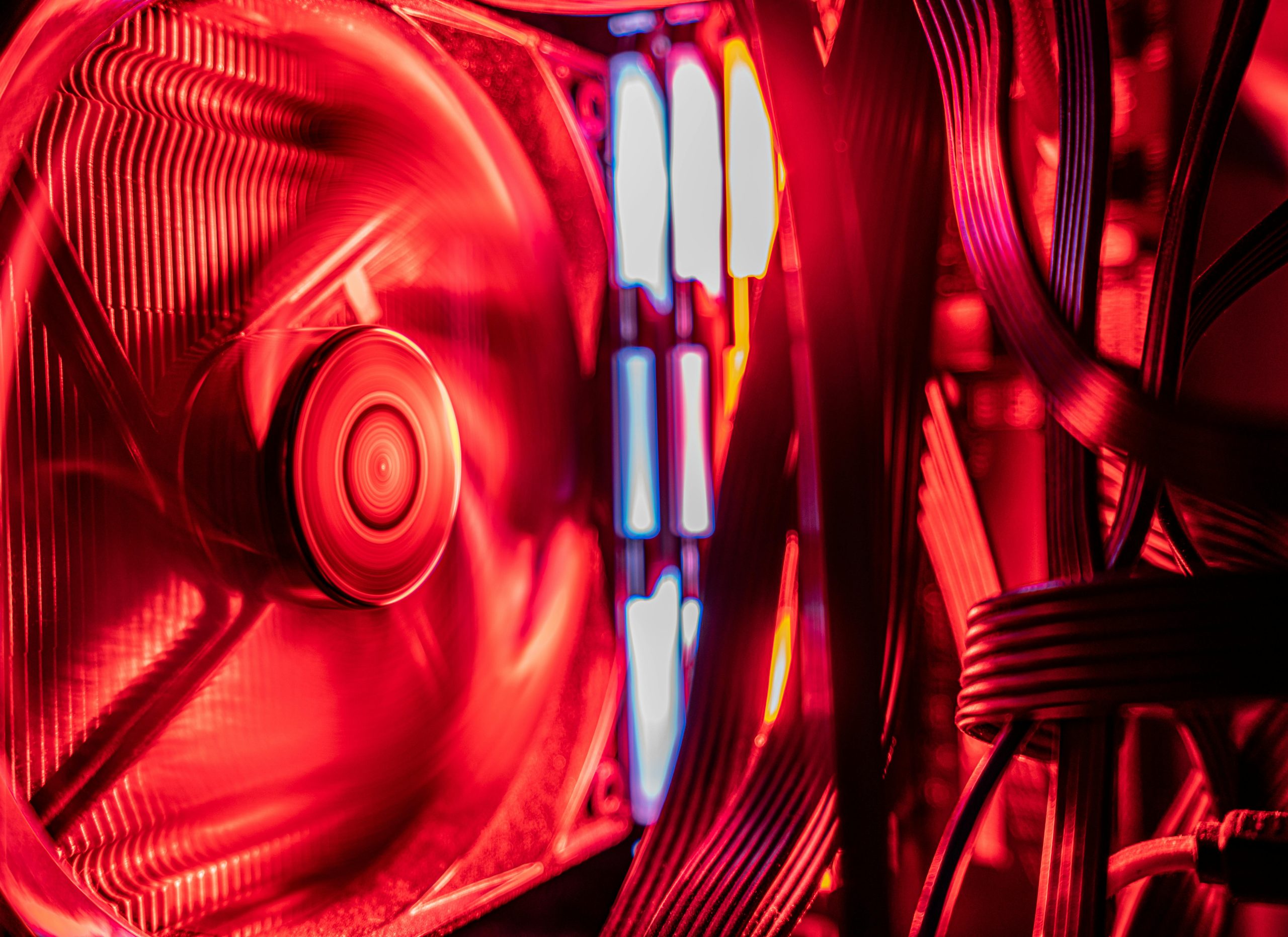Troubleshooting a Gaming Laptop CPU Fan That Fails to Activate at High Temperatures
Gaming laptops are designed to provide powerful performance, often accompanied by robust cooling mechanisms to sustain high workloads. However, users may encounter issues where the internal cooling fans do not operate as expected, even under elevated temperatures. In this article, we’ll explore a common scenario involving a gaming laptop’s cooling system, identify potential causes, and suggest steps to diagnose and resolve such issues.
Understanding the Scenario
Consider a user with an ASUS TUF A15 (FA506) gaming laptop experiencing the following symptoms:
- CPU temperature exceeding 80°C during gaming sessions.
- CPU fan remains inactive despite reaching high temperatures.
- The user has set a custom fan curve using software like G-helper, configuring the fan to run at 2000 RPM even at low temperatures.
- Recently, the laptop has started producing periodic clicking sounds from inside the chassis, approximately every 3-4 seconds.
- The device is about 11 months old, with no history of drops or physical damage.
- The user has not performed any manual cleaning or internal maintenance due to lack of experience and fear of damaging the device.
This situation raises questions about the underlying cause of the fan’s failure to activate and the new clicking noise.
Common Causes for Fan Silence at Elevated Temperatures
- Fan Control Software Configuration Issues
- Incorrect fan curve settings could prevent the fan from turning on at specific temperature thresholds.
-
Software conflicts or misconfigurations may override default PWM controls.
-
Faulty or Failed Fan Hardware
- The fan itself could be malfunctioning or have failed due to wear or manufacturing defects.
-
Internal wiring or connector issues may also lead to fan non-operation.
-
Sensor or Firmware Problems
- Malfunctioning temperature sensors can cause the system to misread thermal data, preventing the fan from activating.
-
Firmware bugs or outdated BIOS versions might interfere with fan control.
-
Mechanical or Internal Damage
- The periodic clicking noise could indicate a mechanical problem within the fan or related components, such as debris, bearing failure, or loose parts.
Recommended Troubleshooting Steps
1. Verify Fan Control Settings
- Double-check the custom fan curve in G-helper or equivalent software.
- Ensure the temperature thresholds and RPM targets are correctly configured.
- Test the default or auto fan profile to see if the fan responds at high temperatures.
**2
Share this content:



